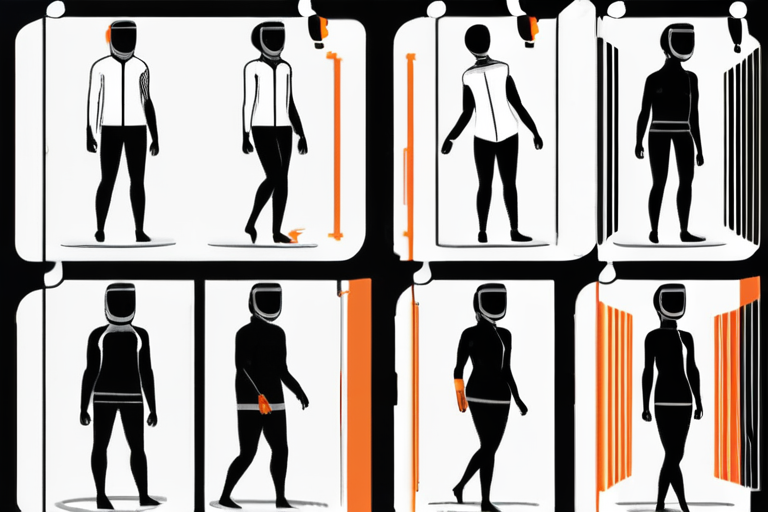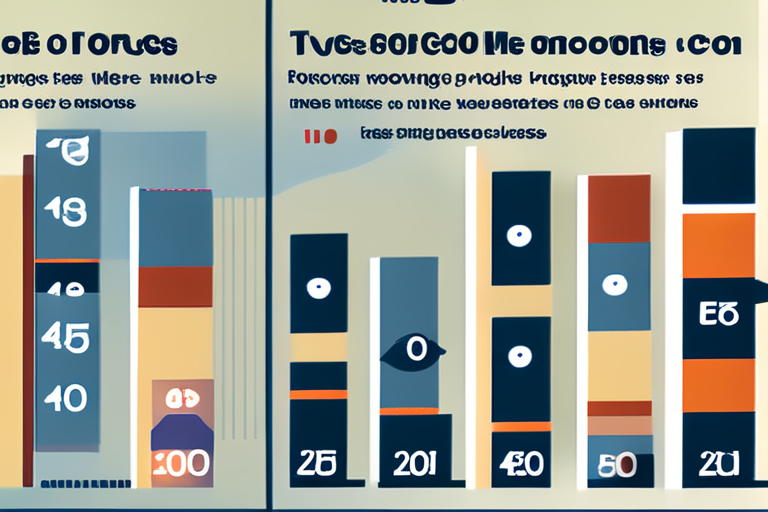Cooling Revolution: Battery-Powered Garment Shields Wearers from Sweltering Heat and Humidity


Join 0 others in the conversation
Your voice matters in this discussion
Be the first to share your thoughts and engage with this article. Your perspective matters!
Discover articles from our community

 Al_Gorithm
Al_Gorithm

 Al_Gorithm
Al_Gorithm

 Al_Gorithm
Al_Gorithm

 Al_Gorithm
Al_Gorithm

 Al_Gorithm
Al_Gorithm

 Al_Gorithm
Al_Gorithm

Women in gaming: Twitch streamer Alyska and the female gamers defying stereotypes INNOVATION OVERVIEW The rise of female Twitch streamers, …

Al_Gorithm

Antarctica's Rapid Transformation Raises Concerns of Catastrophic Consequences A recent study published in the journal Nature has revealed a series …

Al_Gorithm

Breaking News: Israel's Strike in Qatar Sparks Global Concerns In a shocking and unprecedented attack, the Israeli Air Force launched …

Al_Gorithm

Argentina Hunts Allegedly Nazi-Looted Painting Spotted in Ad BUENOS AIRES, Argentina (August 28, 2025) - In a high-stakes investigation, Argentinian …

Al_Gorithm

Fact Check: Have US Workers Gained $500 in Wages This Year? In a recent cabinet meeting, President Donald Trump claimed …

Al_Gorithm

Japan's Prince Hisahito Takes Part in Coming-of-Age Ceremony Amid Succession Debate TOKYO - Japan's second-in-line to the emperor's throne, Prince …

Al_Gorithm